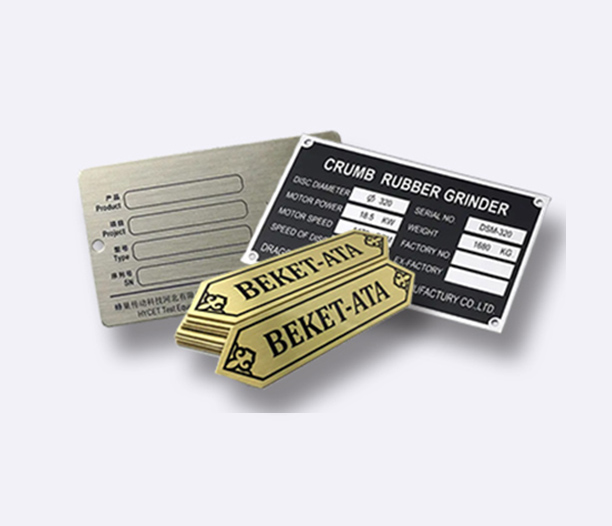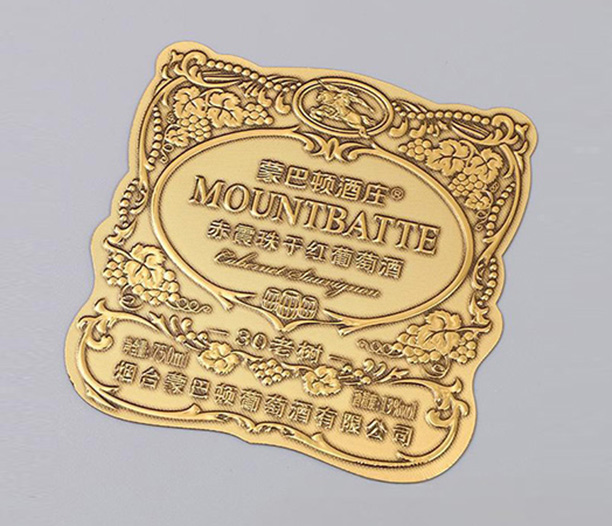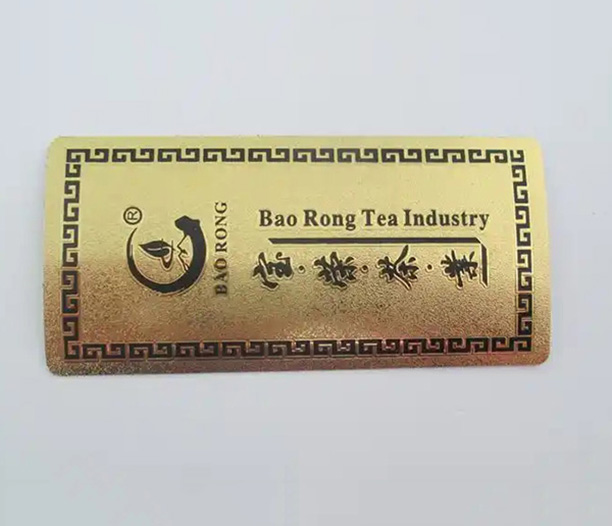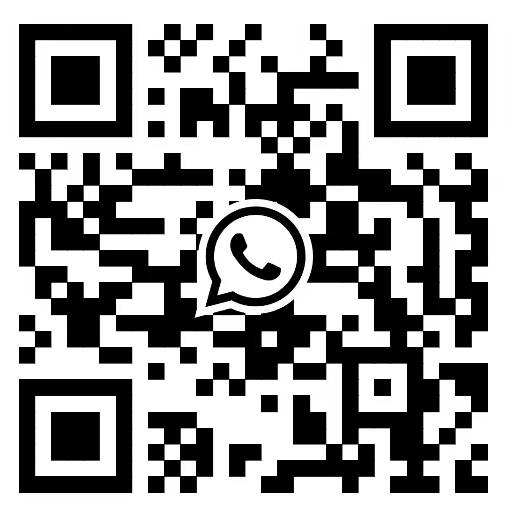In a world filled with disposable stickers and fading prints, finding an identification solution that stands the test of time is crucial. For industries ranging from manufacturing and aerospace to telecommunications and outdoor asset management, the need for permanent, legible, and tough labels is non-negotiable. This is where engraved aluminium labels rise to the occasion, offering a blend of resilience and clarity that other materials struggle to match. They are not just labels; they are permanent nameplates for your most critical assets. If you're responsible for specifying identification that lasts, understanding the inherent advantages of this method is key. Let's delve into the specific reasons why engraved aluminium labels should be at the top of your list.
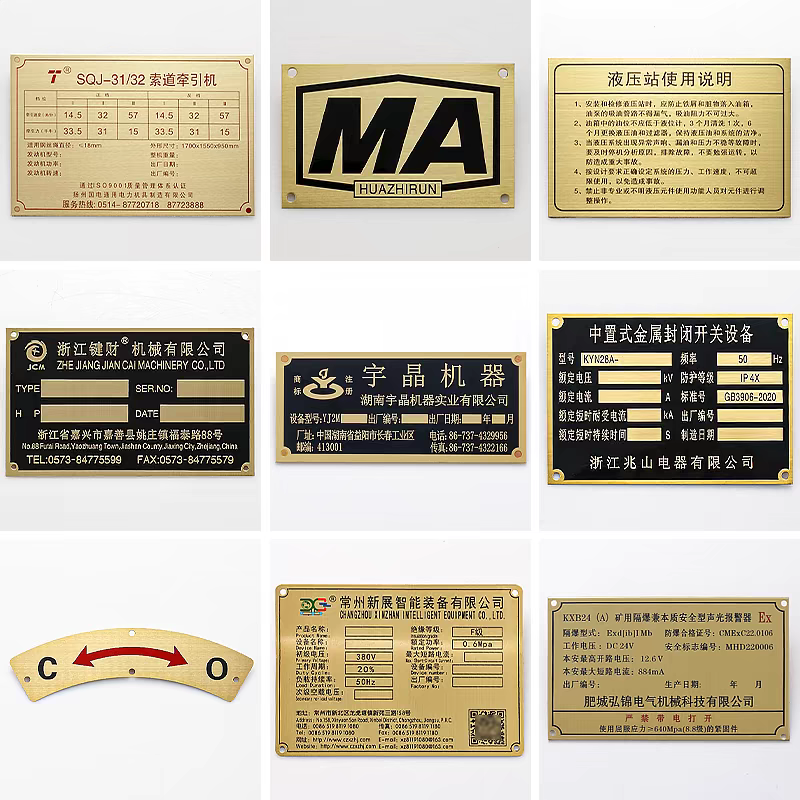
What Exactly Are Engraved Aluminium Labels?
At their core, engraved aluminium labels are identification plates made from sheets of aluminium, where information is permanently etched into the surface. The process typically involves using a computer-controlled (CNC) router or a laser to cut away the top layer of the material. This creates deep, precise grooves that form text, logos, barcodes, serial numbers, or any other required data. Often, these labels are manufactured from a two-layer aluminium sheet. The top layer is a different color (commonly black, white, or silver), while the core is a contrasting color (often silver or white). The engraving process cuts through the top layer, revealing the core color beneath, which results in high-contrast, extremely easy-to-read text. This fundamental construction is what gives engraved aluminium labels their legendary durability and legibility.
Unmatched Durability and Longevity
The primary reason for choosing engraved aluminium labels is their exceptional ability to withstand harsh conditions. Unlike printed labels that can peel, fade, or smudge, the information on an engraved label is physically cut into the metal.
Weather Resistance: They are completely impervious to sunlight (UV rays), rain, snow, and extreme temperature fluctuations. The color contrast is integral to the material, so it will not fade over decades of outdoor exposure.
Abrasion and Impact Resistance: The hard anodized or coated surface of the aluminium resists scratching from abrasion, chemicals, and physical impact. Even if the surface gets scuffed, the deeply engraved information remains perfectly readable because it exists below the surface level.
Long-Term Performance: This makes them ideal for permanent asset tracking, outdoor machinery, military equipment, and infrastructure where the label must remain functional for the entire lifespan of the asset.
Superior Resistance to Chemicals and Corrosion
In industrial environments, labels are frequently exposed to a cocktail of solvents, oils, acids, and cleaning agents. Engraved aluminium labels excel in these challenging settings. The raw aluminium substrate can be treated with various finishes, most notably anodizing. The anodizing process creates a hard, non-conductive oxide layer on the aluminium's surface that is highly resistant to corrosion and many chemicals. Spills of oils, fuels, or common industrial solvents can be simply wiped off without damaging the label's surface or legibility. This chemical resilience ensures that critical safety information, part numbers, and compliance plates remain intact in factories, laboratories, and chemical processing plants.
H2: Exceptional Legibility in All Conditions
A label is useless if you can't read it. The high-contrast nature of engraved aluminium labels provides outstanding readability from a distance and in poor lighting conditions. Whether it's a black surface with silver-white letters or a white surface with a dark core, the sharp contrast makes text and symbols pop. Furthermore, because the information is recessed, it is protected from direct wear. Dust, dirt, and grime are less likely to accumulate in the grooves compared to raised print, and even if they do, the contrast often remains visible. This legibility is critical for safety warnings, electrical panel identifications, and plumbing or pipeline markers where quick and accurate information retrieval is essential.
Versatility and Customization Options
Despite their rugged nature, engraved aluminium labels are highly versatile and can be tailored to meet specific application needs. They are far from a one-size-fits-all solution.
Sizes and Shapes: They can be produced in virtually any size or shape, from small, round tags for key identification to large, rectangular plates for equipment data.
Information and Graphics: Beyond just text and numbers, the engraving process can reproduce company logos, 2D barcodes (QR codes, Data Matrix), and complex graphics with high precision.
Finishes and Colors: While the classic black-on-silver is most common, these labels are available in a variety of color combinations, including red, blue, and green, to support color-coding systems.
Attachment Methods: They can be supplied with pre-drilled holes for screws or rivets, or with high-strength industrial adhesives for permanent bonding to clean surfaces.
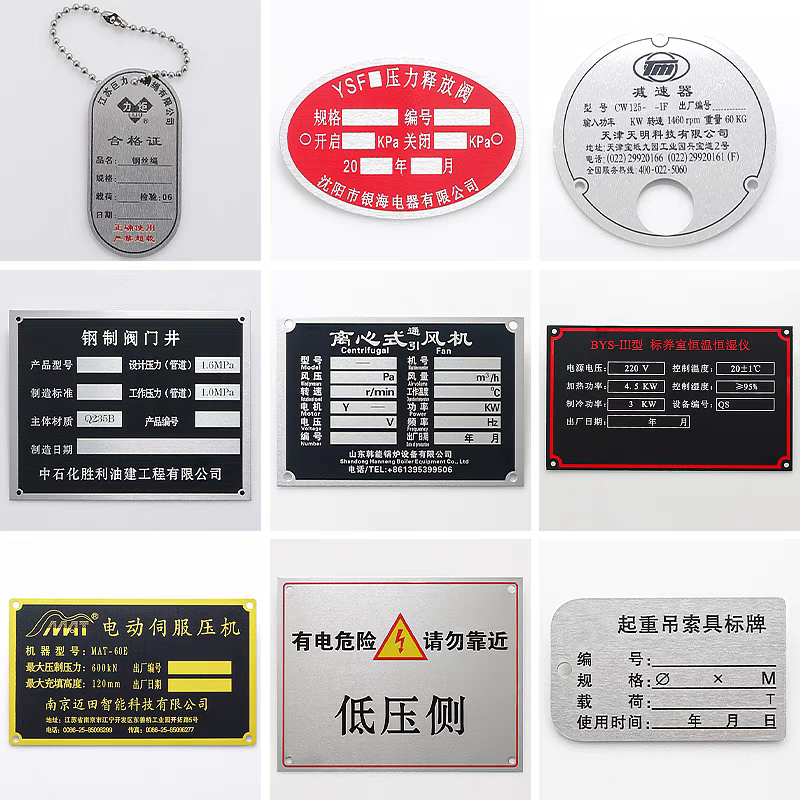
Ideal Applications Across Industries
The combination of durability, legibility, and customization makes engraved aluminium labels suitable for a vast array of sectors.
Manufacturing and Industrial: For machine nameplates, tool identification, and asset tracking in demanding factory environments.
Aerospace and Defense: Where labels must withstand extreme conditions, including vibration, temperature, and exposure to fuels and hydraulic fluids.
Telecommunications and Data Centers: For identifying circuits, ports, and equipment in racks, where accuracy and permanence are paramount.
Outdoor and Marine Applications: On fencing, utility panels, boats, and navigation aids, where exposure to the elements is constant.
Architectural and Building Management: For room numbers, fire safety equipment labels, and plumbing designations that need to remain legible for the life of the building.
H2: A Cost-Effective Long-Term Solution
While the initial unit cost of an engraved aluminium label may be higher than a simple vinyl sticker, its total cost of ownership is significantly lower. Consider the expenses associated with failed labels: the labor cost to locate and re-identify assets, the downtime of misidentified equipment, the safety risks of illegible warnings, and the recurring cost of repeatedly replacing inferior labels. By investing in engraved aluminium labels from the start, you are implementing a "fit and forget" solution. Their longevity ensures that the identification remains in place and readable for decades, eliminating future replacement costs and the problems that come with label failure.
Frequently Asked Questions (FAQ)
Q1: How long do engraved aluminium labels typically last outdoors?
A1: When properly manufactured, especially with an anodized finish, engraved aluminium labels can last for 20 years or more outdoors without any significant loss of legibility. They are designed to withstand direct UV exposure, rain, snow, and temperature extremes.
Q2: Can these labels be applied to curved or uneven surfaces?
A2: While aluminium is a rigid material, thinner gauges can conform to slightly curved surfaces. For highly irregular surfaces, it's best to use mechanical fasteners like screws or rivets at multiple points. Flexible adhesive-backed anodized aluminium labels are also an alternative for certain applications.
Q3: Are engraved aluminium labels resistant to high temperatures?
A3: Yes, aluminium itself has a high melting point, and the anodized layer is very stable. Engraved aluminium labels can typically withstand continuous exposure to temperatures up to 400-500°F (200-260°C) without degrading, making them suitable for use on engines, boilers, and other high-heat equipment.
Q4: What is the difference between laser engraved and mechanically engraved aluminium labels?
A4: Mechanical engraving uses a physical bit to cut into the material, resulting in very deep, robust grooves. Laser engraving uses a high-powered laser to vaporize the top layer, offering extremely high detail and precision for fine text and complex graphics like barcodes. Both methods produce highly durable and permanent labels.
Q5: Can I get custom-colored engraved aluminium labels?
A5: Absolutely. While black and silver are standard, the substrate for engraved aluminium labels is available in a wide range of colors. You can choose a specific color for the top layer and a contrasting core color to meet branding requirements or color-coding systems for safety and organization.



